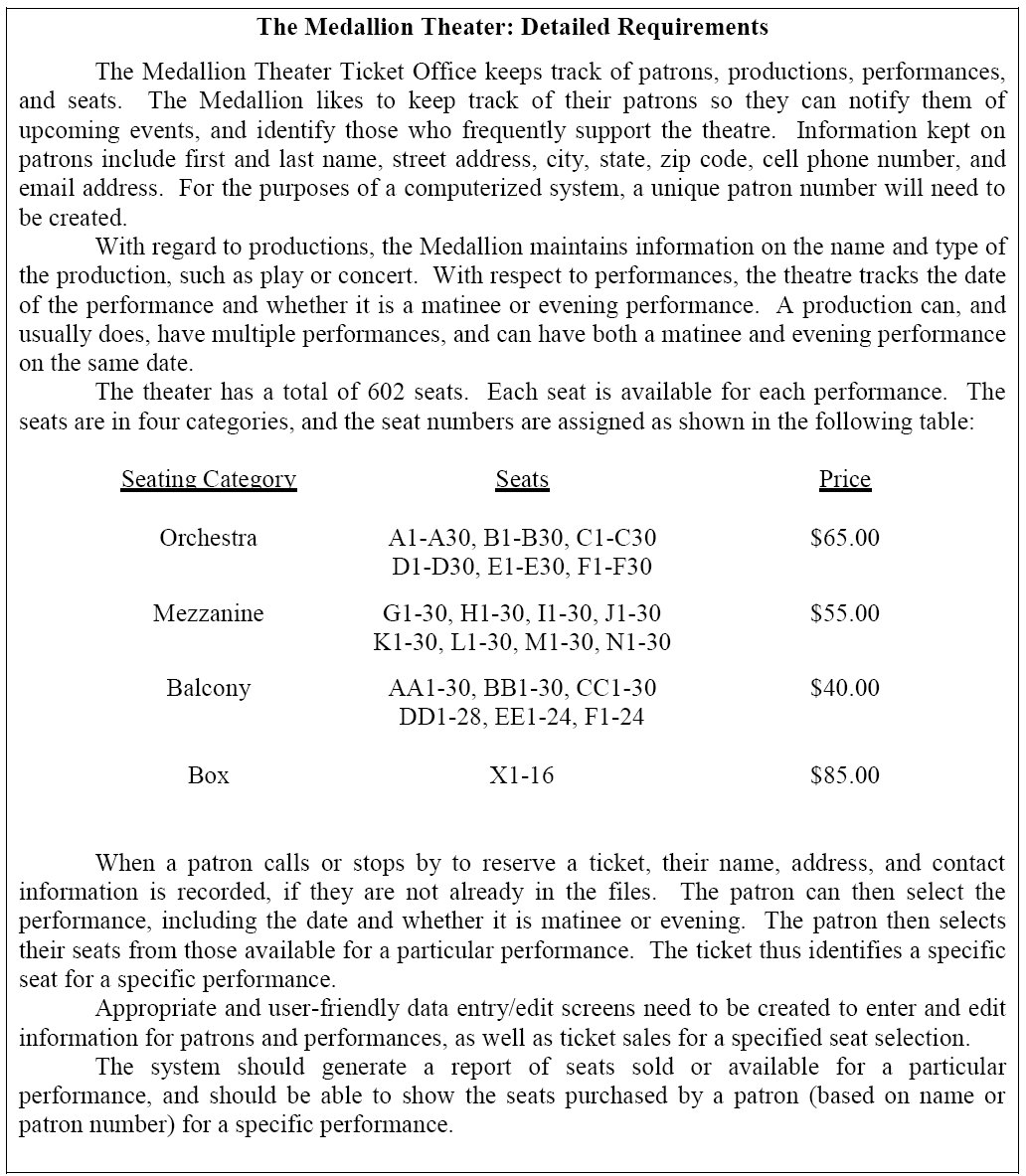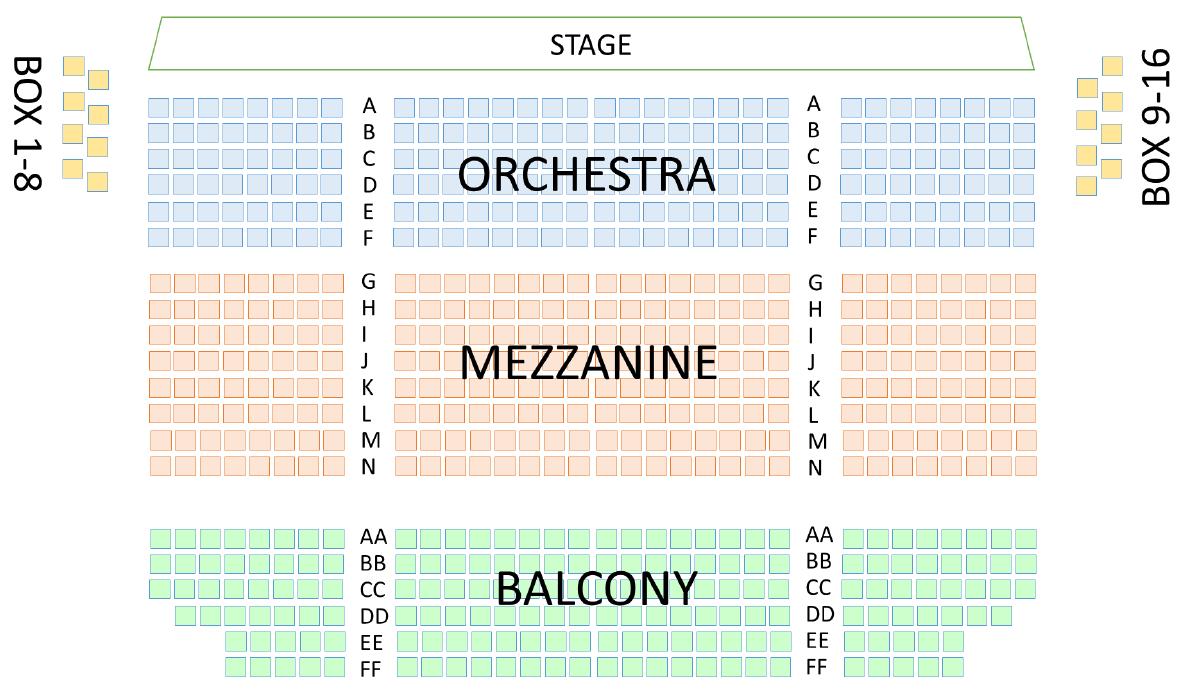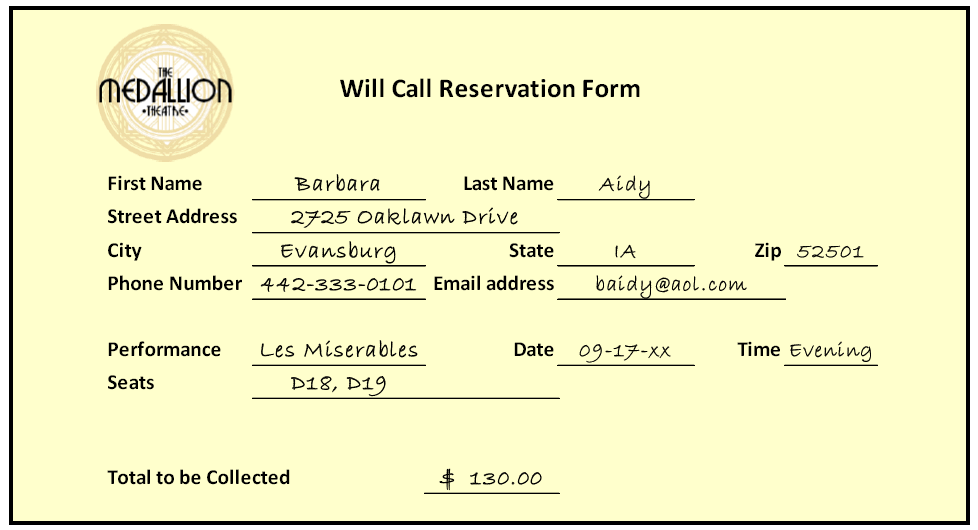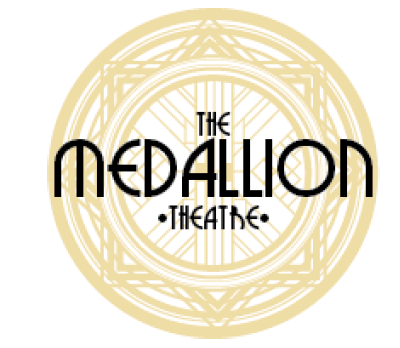Case Reports: 2017 Vol: 23 Issue: 1
Case Study : Systems Analysis, Design, and Development Case Study: Medallion Theater - Ticket Sales System
University of Mary Hardin-Baylor
Case Description
The primary purpose of this case study is for Systems Analysis and Design, Systems Development, and Database courses. Students examine realistic dialog and Interview Notes, as well as existing documents. For Systems Analysis and Design courses, the students should be able to follow this realistic and fairly common case study of a small organization and conduct the planning, analysis, and design phases of the System Development Life Cycle (SDLC), using either a traditional or object-oriented approach. Deliverables would include process and data diagrams and modeling, and user interface designs, and should require approximately 14-17 hours to complete, outside normal class time. In System Development courses, e.g., capstone courses for a computer information systems major, students can use this case study to not only analyze and design a solution, but actually develop the solution using various windows or web-based tools. The entire project should require approximately 22-28 hours to complete. For Database courses, this case could be used to illustrate database design techniques, resulting in the creation of appropriate data models and physical database designs. This should require approximately 10-12 hours to complete. The case study is of moderate difficulty – ranging from a four to five, and is designed for junior and senior level students, but could also be used for graduate courses.
Case Synopsis
Dr. Thomas Waggoner, an information systems professor at the local university, is at the Will Call window at the Medallion Theatre, trying to pick up tickets he had reserved. However, do to an oversight which turns out to be rather frequent, his tickets were sold to another patron. Fortunately for Dr. Waggoner and his wife, who are celebrating their wedding anniversary, the box office manager finds two box seats which had not been claimed. In talking with the box office manager, Dr. Waggoner starts thinking that he could perhaps help the theatre avoid this type of problem in the future. His students could design and build a system to help keep track of ticket sales, and hopefully help the theatre become more efficient.
Introduction
Dr. Thomas Waggoner waited at the Will Call window for the evening’s theatre production at the Medallion. He had reserved center orchestra seating tickets for he and his wife for this showing of Les Miz’ more than two months ago, and for some reason the box office couldn’t find his reservation and had sold his tickets to another patron.
“I am not sure what could have happened to your tickets. But we have already sold the seats you said you reserved – D18 and D19,” said the young lady behind the glass. “We are sold out for tonight’s performance.”
“That’s very disappointing, particularly considering we are celebrating our anniversary tonight and have been looking forward to this for a long time,” responded Dr. Waggoner. “Are you very sure there are no seats left?”
Overhearing the conversation between the ticket clerk and Dr. Waggoner, the Box Office Manager moved over to the window.
“Dr. Waggoner?” she asked. “Actually I remember taking your phone reservation. I am so sorry. I wrote down your reservation on the phone list, but evidently it somehow wasn’t transferred to our master seating chart. I wish I could say this is the only time this has ever happened, but unfortunately it happens at least once a week. As it turns out, there are two box seats available tonight. The patrons who have those season tickets are not able to attend tonight - you can have those tickets. And, because it was our mistake, the tickets are on us – no charge.”
“Fair enough,” replied Dr. Waggoner. “What could have been a lousy evening looks like it will work out even better than planned!”
“Thank you for understanding. I hope we can figure out a better process so this doesn’t happen again.”
“Well, if you are interested, I think I could probably help you with that. I teach several systems analysis and development courses at the university, and I think my students could develop a computer system which can automate much of what you are currently doing manually. I can meet with you later this week to start talking about your processes and information needs,” offered Dr. Waggoner.
“That would be wonderful! Thank you so much for your understanding, and your offer to help us. Enjoy the show!”
Later that week Dr. Waggoner met with the Box Office Manager to develop an overall understanding of their business processes, the information they maintain, and the reporting needed. Dr. Waggoner compiled this information and presented it to a group of his students. The detailed requirements are listed below.

Dr. Waggoner explained to his analysis and design students what the Medallion really needed was a database system which would maintain information about each event and tickets sold, and the patron to whom the tickets are sold. The system should also generate reports on the number of tickets sold/available per performance, and tickets purchased by a specific patron.
After gathering the detailed requirements for the system, Dr. Waggoner assigned his students the requirements shown below. His SAD students began developing data and process models and designing the user interfaces. As the semester progressed and the analysis and design phases were completed, Dr. Waggoner had his system development class use the specifications and start creating the working system. By the end of the semester the system was completed and implemented, and The Medallion Theater was able to keep track of each event and ticket sales much more efficiently.
Requirements for Systems Analysis and Design Students:
1. Prepare a system proposal that includes an executive summary, the requirements of the system, and identification of your team members.
2. Develop appropriate process models (Use Case Descriptions/Diagram or Data Flow Diagrams – context level, level 0, level 1) per your professor’s instructions.
3. Develop the appropriate data model (Class Diagram or Entity-Relationship Diagram) per your professor’s instructions.
4. Develop preliminary screen and report designs for each user interface identified above.
5. Prepare a one-page “pre-implementation review” outlining lessons learned - what went right and what went wrong on this project.
Requirements for Systems Development Students:
1. Complete the above requirements, or refer to the packet of materials provided by your professor.
2. Using Microsoft Access, Visual Basic, or other appropriate development tool, develop a comprehensive, user-friendly, working system that will meet the requirements of The Medallion Theater.
3. Prepare a user manual describing how to use the system.
4. Prepare a one-page “post-implementation review” outlining lessons learned – what went right and what went wrong on this project.
Appendix
The Medallion Theater Seating Diagram

Will Call Reservation Form

Medallion Theatre Logo
